Talking about La Rioja generally means talking about wine, but the richness of its raw materials goes beyond grapes. In the following post we will see how the quality of Riojan foodstuffs leads us to speak about of a land rich in typical products, in "appellation" products that have a lot to say and that go beyond wine..
Do you want to know these typical products of La Rioja? Come with us...
Typical products of La Rioja
There are a series of Collective Marks, Protected Geographical Indications and Protected Designations of Origin, which include under their labels the most representative products of La Rioja which we will now present to you:
-
Oil from La Rioja
The olive-growing tradition in this community and the quality of the olives have led to this oil being awarded the 'Denominación de Origen Protegida' (Protected Designation of Origin). "Protected Designation of Origin. This oil has an acidity of less than or equal to 0.8 degrees and ideal organoleptic conditions. Among the olive varieties included in this Denomination of Origin are the Macha or Machona, the Redondilla, the Royal or Royuelo, the Hojiblanca, the Negral, the Arbequina, the Arróniz, the Verdial, the Picual, the Cornicabra, the Blanqueta, the Empeltre and the Manzanilla.
-
Pears from Rincón del Soto
This Denomination of Origin is the first in Spain to protect this type of fruit and includes the Conference and Blanquilla varieties. grown in the municipalities of Alberite, Alcunade, Albeldra de Iregua, Alfaro, Arrubal, Agoncillo, Aldeanueva de Ebro, Ausejo, Cenicero, Calahorra, Rincón del Soto, Entrena, Fuenmayor, Huercanos, Hornilla, Hormilleja, Logroño, Lardero, Murillo de Río Leza, Nalda, Navarrete, Nájera, Rincón del Soto, San Asensio, Torremontalbo, Uruñuela and Villamediana de Iregua.
These pears have a superior hardness, size and sugar content. than those from other areas and also have a deep green surface with a characteristic rustiness on the surface. russetingThe surface of the pears has a deep green rust, which is the result of the natural evaporation of the humidity caused by the fog typical of the area.
-
Camerano cheese
From the Sierra de Cameros, where there is a great cheese-making tradition, this foodstuff has been made since the 11th century.. This Denomination of Origin is home to fresh, soft, semi-cured and cured cheese, which is made using goat's milk fed on natural vegetation and other products from the region.
Camerano cheese. Photo: Los Cameros
-
Chorizo Riojano
Known for its characteristic horseshoe shape, with a slight spicy touch sometimes. This chorizo is made from high quality meat and bacon, mixed and kneaded with 100% extra paprika, garlic and salt, and has been passed down from generation to generation.
-
Riojan paprika
We will talk more specifically about the Najerano pepper, the variety of which is native to La Rioja.. They are conical peppers with a beaked end, with a rough surface and thin flesh. They are red in colour and do not sting.
-
Calahorra cauliflower
This vegetable is grown in Calahorra, as its name indicates, but also in other municipalities irrigated by the river Ebro and the river Cidacos. The excellent weather conditions have a direct influence on the quality of this product.. They are cauliflowers with a minimum diameter of 11 cm, green leaves without seeds and with a colour ranging from white to cream depending on the variety.
Cauliflower from Calahorra. Photo: La Rioja Capital
-
Asparagus from Navarre
Known as "white gold", this asparagus is characterised by its thickness, white colour, fine texture and lack of fibrousness.
The Protected Geographical Indication for Asparagus of Navarre covers white and canned asparagus from Navarre, Aragon and La Rioja.
-
Cava
Its tradition dates back to the beginning of the 20th century and it is made from Xarel-lo, Parellada and Macabeo grapes.
-
Nalda and Quel plum
The Caudia Reina Verde Plum is one of the most typical of La Rioja. Its unique sweetness and flavour They are conditioned by the characteristics of the valleys where they are grown. It is marketed as fresh fruit or as sultanas.
Nalda and Quel plum. Photo: La Rioja Capital
-
Pedroso walnut
This medium-sized, strong-flavoured nut is characterised by its brownish colour, which varies from variety to variety. practically smooth and thin shellIts brownish colour varies according to the different varieties. As well as being grown in Pedroso, it is also cultivated in other municipalities in the Oja and Najerilla valleys.
Pedroso walnut. Photo: La Rioja Capital
-
Pan Sobado de La Rioja
It is made from hard doughs and is cylindrical in shape.. It is characterised by a white, fairly compact crumb and a golden, thin, crunchy crust.
-
Lamb Chamarito
This is a lamb whose breed is native to La Rioja and is characterised by its tender, juicy meat.
-
Mushrooms and mushrooms from La Rioja
Of the varieties Lepista, Lentinus, Falammulina, Pholiota and Pleurotas.
-
DOCa Rioja wine
As it could not be otherwise, in this list of Rioja products we could not fail to mention the most popular product of all: DOCa Rioja Wine.
In case you didn't know, Rioja is one of the most praised wines both nationally and internationally. How many times have you heard it at the bar? give me a Rioja? I'm sure you've heard it many times.
Winery Vivanco
Rioja wines are protected by the oldest Designation of Origin in Spain, which offers the best guarantee of quality and authenticity of the wines under this denomination.This offers the best guarantee of quality and authenticity of the wines under this designation.
These wines are made from 7 grape varieties, which are the following:
- TempranilloThe best known for the production of national red wines.
- Grenache:grape used in the production of red wine.
- Mazuelo:grape used in the production of red wine.
- Graciano:grape used in the production of red wine.
- White Grenache:grape used in the production of white wine.
- Viura:grape used in the production of white wine.
- Malvasia:grape used in the production of white wine.
Other varieties recently incorporated by the Control Board are the following:
- For white wines: Maturana, Turruntés, Tempranillo Blanco, Chardonnay, Sauvignon Blanc and Verdejo.
- For red wines: Maturana.
It is worth mentioning the wines VivancoDOCa Rioja wines, as some of the most representative and traditional DOCa Rioja wines of this Denomination of Origin. In the production of the wines Vivanco the best grapes are selected. The best grapes are selected from the vineyard to produce modern, daring wines with personality, which summarise the innovative and enterprising character of these wineries.
Young Wines, Crianza, Reserva, Collection...You can have a look at all the varieties of the wines Vivanco through the following link.
As we have seen, there are many Denomination of Origin products that can be found in La Rioja, but they are not the only ones, as we can go on mentioning more, such as for example: La Rioja beef produced in 7 Valles; Rioja cured hams; caparrones (red beans); Anguiano beans; piquillo peppers from Lodosa; fruit from the Highlands of the River Linares; dried fruit; honey from La Rioja; milhojas and canutillos; vegetable preserves; pâtés; orujos (grape marc); marmalades; blankets and woollen coats from Ezcaray; fardalejos from Arnedo and many more.
La Rioja gives distinction and quality to its products and they benefit from the conditions that this community offers them and that make them different from those of any other place.
What is your favourite typical product from La Rioja? Which one do you prefer?
The photo at the top of the article is from La Rioja Capital.






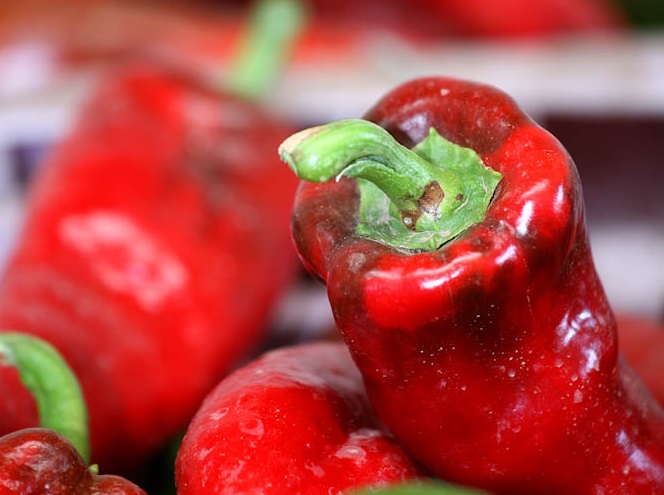
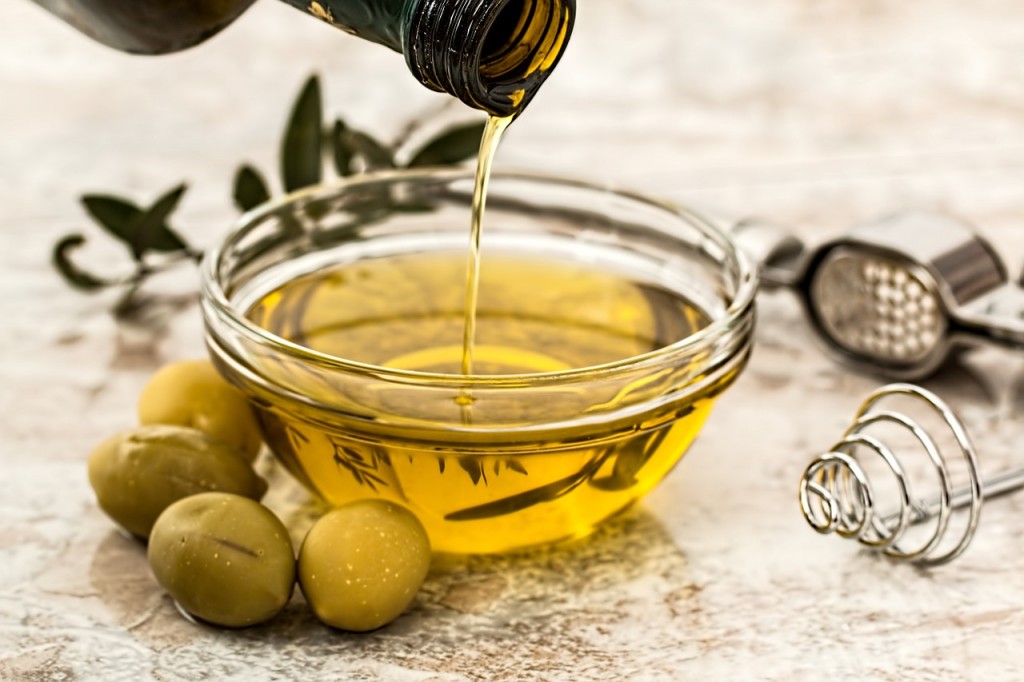
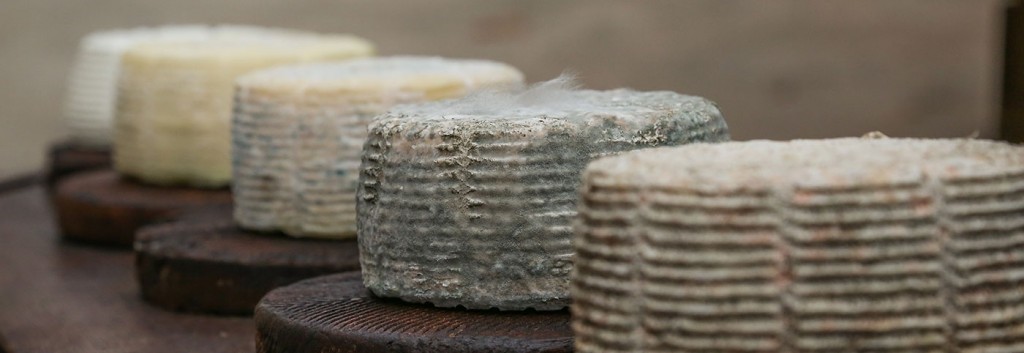
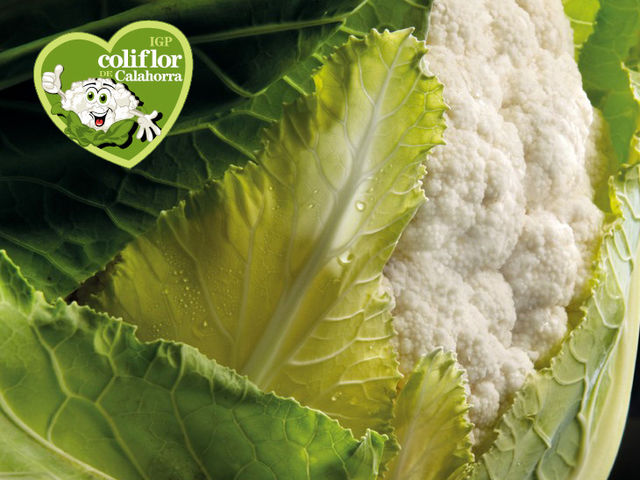
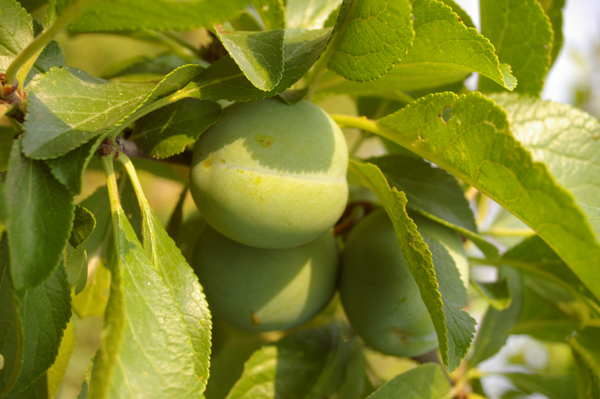
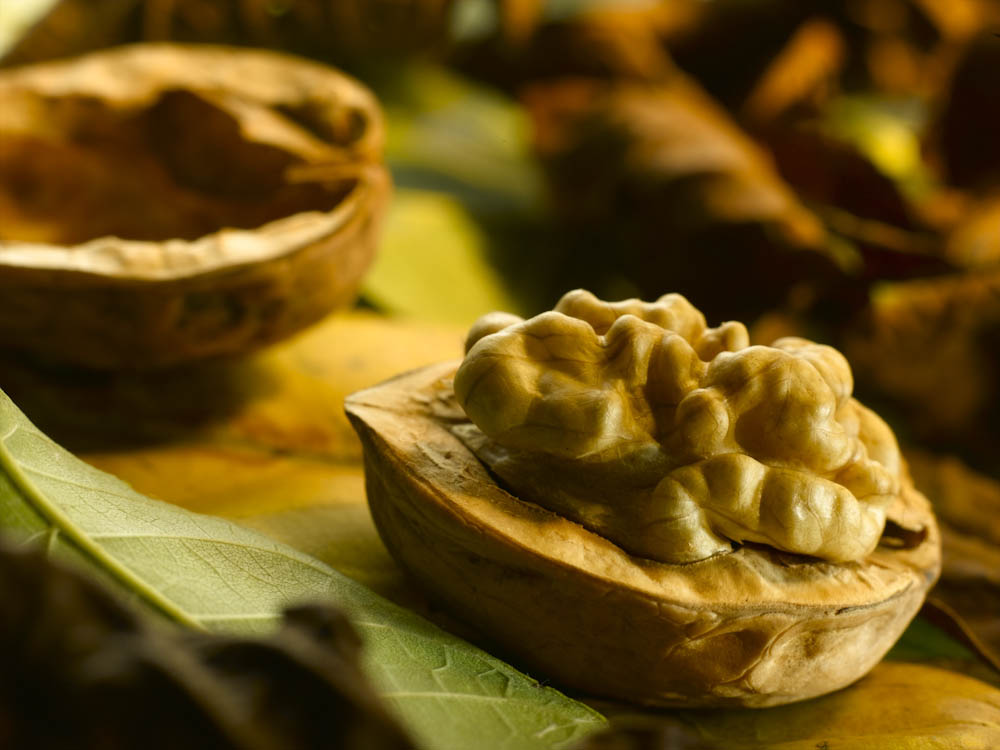
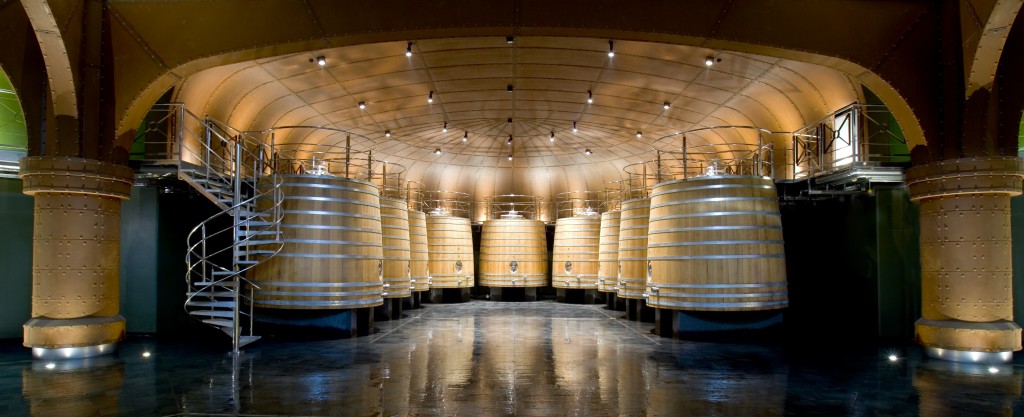
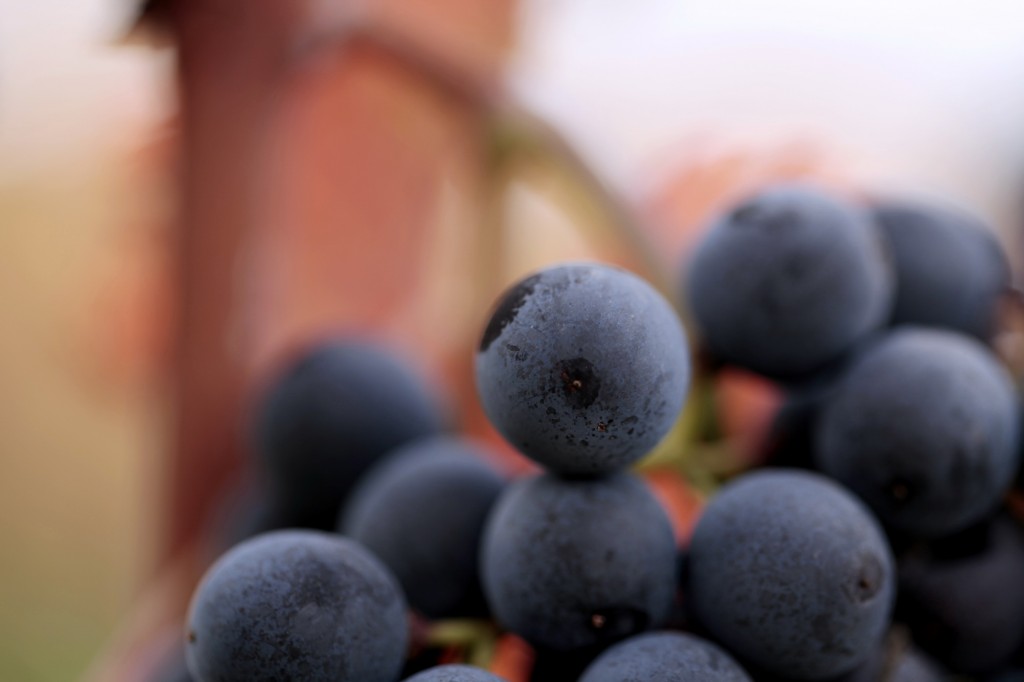
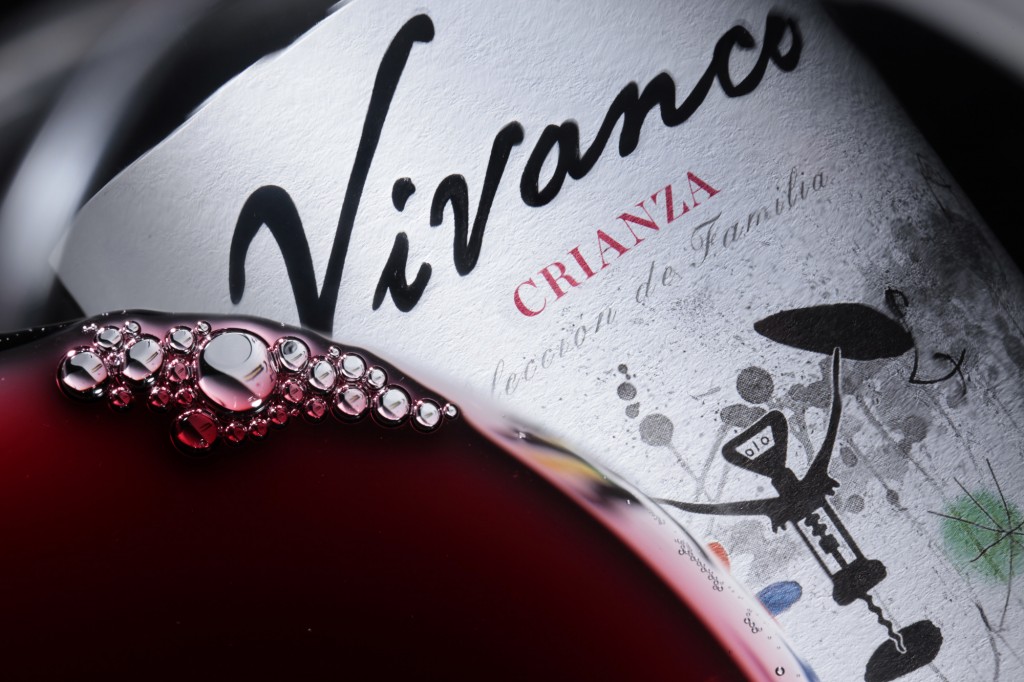
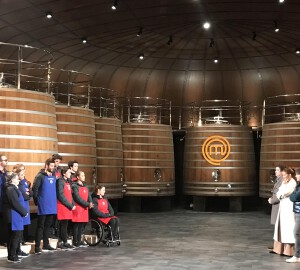
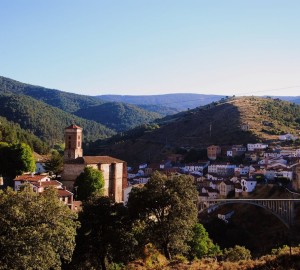
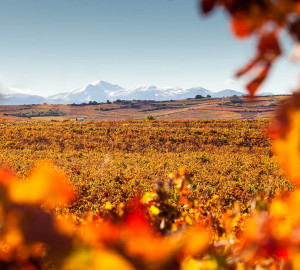







Very good page to get to know Logroño's products as I will soon travel and visit the land where my grandparents and uncles were born. I am from Argentina and I congratulate you.
One feels proud to be from La Rioja seeing the rich products that our land gives us, a very interesting post. I love to cook thinking about the wine with which I am going to taste the dish and the truth is that we have an excellent variety of wines. From Ireland I always recommend a visit to your winery to anyone who wants to visit La Rioja, we still have to make Rioja wines better known outside Spain but I am seeing more and more wines from my land in Ireland and I hope it continues like this. Best regards.
Thank you very much Laura!
Best regards!